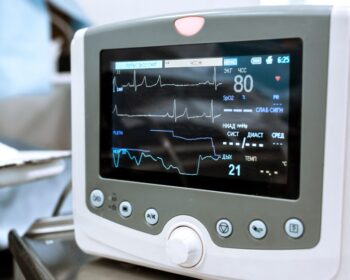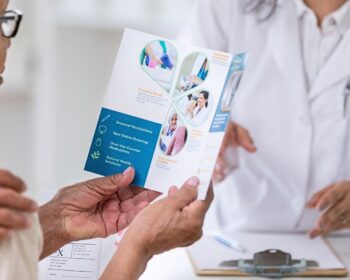
Satu Kujala, QPPV at Medfiles, was part of a group of pharmacovigilance professionals who met at the 8th Annual Global Pharmacovigilance and RWE Forum in London in March. The interactive event featured lively discussions on the hot topics in PV, one of which concerned the management of safety signals.
Detected signals are a sign of successful signal management
The EU GVP module IX requirements for marketing authorisation holders on how to arrange the signal management of their products get the pharma industry talking: which cases should be checked, how signal management can be done if there is only a small number of cases, or how statistical values should be understood.
Keeping in mind that the requirements are the same regardless of the number of events, and that even a single event can be a safety signal, each company has to find their way of doing signal management. Companies should consider whether they are only ticking the boxes in a list or actually going into the data, as they should, critically evaluating it and putting medical judgement into their decisions.
Quantitative signal detection is usually done with the help of disproportionality statistics, that is, the ratio of the proportion of spontaneous ICSRs of a specific drug-event combination to the proportion that would be expected, if no association existed between the product and the event. The scientific consensus is that safety signals from disproportionate reporting identified with statistical methods should always be medically assessed. The decision on whether a further evaluation of a drug-event combination is necessary should be based on thresholds given for statistical methods. The challenge is that there are no specified thresholds given by the authorities, which is why each company should have their own documented prioritisation thresholds written down in their company-specific procedures.
Safety signals often have a slightly negative ring to them among companies, but we should not be afraid of them. It is important to understand the risk level of a product and the actions needed to secure safer use of the product for patients. As one of the Forum participants said: “Finding a safety signal means that the company is doing its work properly”. In addition, it is important for a company to educate the personnel not directly involved in pharmacovigilance and signals, including the upper management, to raise understanding of signal management being an integral part of product risk management and patient safety.
Sales and compliance data for better accuracy
In the future, more and different types of data will be considered in signal management. Sales data is increasingly discussed in connection with AE cases. There is also discussion on how the collected compliance data could be used for signal detection. Companies are working extensively with compliance data in order to get information about whether patients are really using medication correctly and as prescribed. Qualified compliance data could provide a more reliable context for sales data usage and would be likely to improve the signal management process by giving more accurate information on possible safety signals.
A huge number of the hours is used for reviewing the data, and by improving the required tools and expertise, we get accuracy and efficacy. Effective signal detection requires continuous data monitoring, the right people who are familiar with the data and detection of disproportionate reporting patterns with particular thresholds. The accuracy of signal detection depends on the quality of the data, knowledge of the database and the tools used to analyse and evaluate the data.
There is not only one way to do signal management: what works for one company may not work for another. We at Medfiles are happy to help you with your signal management challenges.


